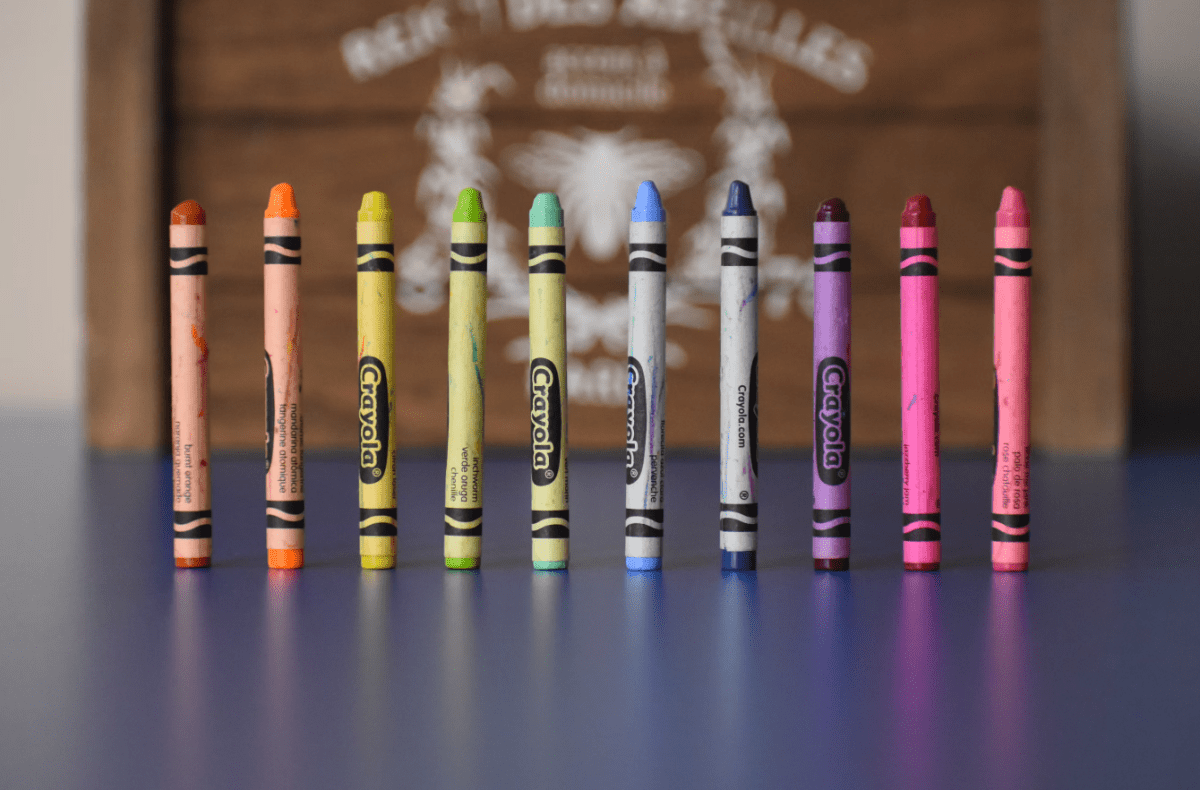Top 11 Most Iconic Self-Portrait Paintings in Art History
In the past, before the first photograph was taken, the only way to preserve your face for future generations was to paint it. The problem is not everyone could paint an accurate portrait, which means that we were limited only to portraits of major historical figures who could afford it.
Luckily, these artists could also paint themselves, which is why we have so many famous self-portraits out there.
This trend has become so iconic that even after cameras were invented, people still made these self-portraits. Why? They wanted to replicate these masters of old and join this elite group in one more way.
With that in mind, here are the top 11 most iconic self-portrait paintings in art history.
1. "Self-Portrait" (1889) by Vincent van Gogh

It’s both ironic and iconic that the self-portrait of van Gogh flawlessly represents the entirety of his style. In the self-portrait, you can easily see his inner mental turmoil and the strength of his emotional intensity. This is achieved through vivid colors and bold brush strokes.
One interesting thing about this portrait is that it was made in the asylum, which is a period when his inner turmoil (one of the few things that every fan knows about) was at its peak.
2. "Self-Portrait with Thorn Necklace and Hummingbird" (1940) by Frida Kahlo

The biggest problem with listing a Frida Kahlo self-portrait is that she has made so many. We picked this symbolic self-portrait because it perfectly combines two styles. It’s an ideal intersection between symbolism and surrealism that shouldn’t be overlooked. The thorn necklace represents both her pain and resilience.
3. "Self-Portrait with a Straw Hat" (1887) by Vincent van Gogh

This self-portrait is unique because it was made during his visit to Paris and his impressionist phase. The focus on light and color could be seen as both impressionist and post-impressionist. In fact, this period of van Gogh’s work left a deep mark on the entire future course of European art.
4. "Self-Portrait" (1659) by Rembrandt van Rijn

Rembrandt was arguably one of the most famous portrait artists in history, which is why it’s no surprise that his self-portraits are on the list. In fact, one of his famous portraits made the list as one of the most expensive paintings ever sold. This is probably the painting that you would show to anyone interested in Rembrandt’s work. It has his masterful use of light and shadow, and it’s a textbook baroque painting.
5. "Self-Portrait" (1548) by Caterina van Hemessen

This is definitely one of the earliest known self-portraits by a female artist. Made by a renowned Flemish Renaissance painter, this was definitely not the only self-portrait that Caterina made; however, it was the most famous one. As a perfect example of Northern Renaissance, this painting both asks and answers the question of what is a self-portrait to begin with.
6. "Self-Portrait with Two Circles" (circa 1665-1669) by Rembrandt van Rijn

You wouldn’t believe how many theories there are about the meaning of the two circles. Regardless of what his true meaning behind them was, the impression is that the artist is mysterious and possesses some deep mystic insight. Overall, it symbolizes that the artist possesses the sort of knowledge that eludes common men.
7. "Self-Portrait" (1794) by Élisabeth Louise Vigée Le Brun

This is probably one of the most famous portrait paintings from the Rococo period, symbolizing everything unique about this era. It’s light, detailed, and elegant. Le Brun was one of the leading portraitists of the time, and it’s no surprise that her self-portrait encapsulates some of the best features of her unique work.
8. "Self-Portrait Dedicated to Dr. Eloesser" (1940) by Frida Kahlo

This is a perfect example of a famous artist channeling their personal suffering and physical pain in order to create a unique piece of art. The painting was made as a form of gratitude to her doctor, and it contains both surrealist and symbolist motifs. Like in other Frida's works, there are many cultural elements intertwined with her own personal feelings and interests.
9. "Self-Portrait with Cropped Hair" (1940) by Frida Kahlo

Not many people will be surprised to see another portrait by Frida on this list. If anything, they’ll be shocked that there isn’t more. Her depiction with short hair symbolizes all that she ever fought for: defiance against traditional values and exploration of one’s own identity. This is what makes this image into one of the most famous self-portraits, even among many Frida’s works.
It also reminds you that there’s a strong reason why Frida is one of the most famous painters in history, and it’s not just her skill with the brush. It’s also about her ideas paving the way into a new millennium.
10. "Self-Portrait with Bandaged Ear" (1889) by Vincent van Gogh

According to specialists behind Number Artists, if you ask laypeople to name one van Gogh painting, they’ll immediately say “The Starry Night.” If you ask them to tell you one piece of trivia they know about Van Gogh, they’ll immediately tell you that he cut off his own ear. Therefore, the self-portrait with a bandaged ear might be the first image they have in their head when they envision van Gogh.
There’s a good reason why van Gogh got three spots on the list, and anyone who wants to dispute it should first try to argue against van Gogh’s significance in the history of art. Anyone who has ever picked up a textbook knows that this position would be completely indefensible.
11. "Self-Portrait" (1500) by Albrecht Dürer

Dürer was definitely one of the most influential artists of the German Renaissance, and his works embody the deeply rooted spirituality and church influence in the region. Namely, the self-portrait captures Christ-like iconography while also reflecting the humanist ideals of the Renaissance.
Durer himself was a famous portrait artist, and this work shows exactly why. The work is in incredible detail; no matter how stand-alone it may seem, every element is deliberately placed there to capture the whole.
Self-portrait is about more than just capturing your own likeness
Every single one of these artists tried to do more than just capture their likeness. Through their work, they hoped that they’d create a time capsule through which future generations would be able to learn a thing or two about them.
In these works, they managed to capture their styles, their own emotions, and even some of their most important ideas. If you found this interesting and want to learn how to paint, these numbered painting kits are the best way to start.
The fact that these are the most famous self-portraits that were ever made means that, for the most part, they managed to achieve their goal.


